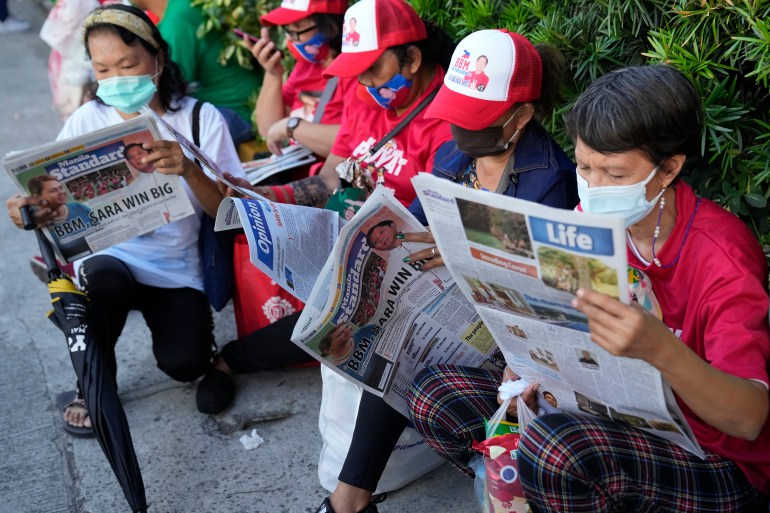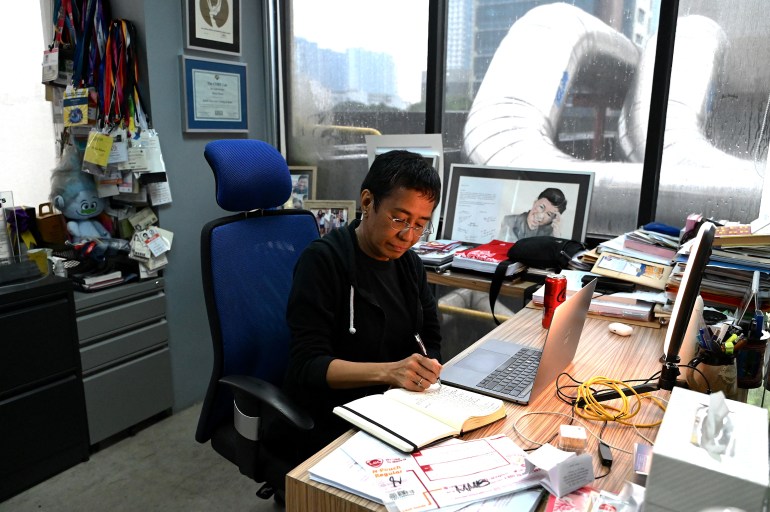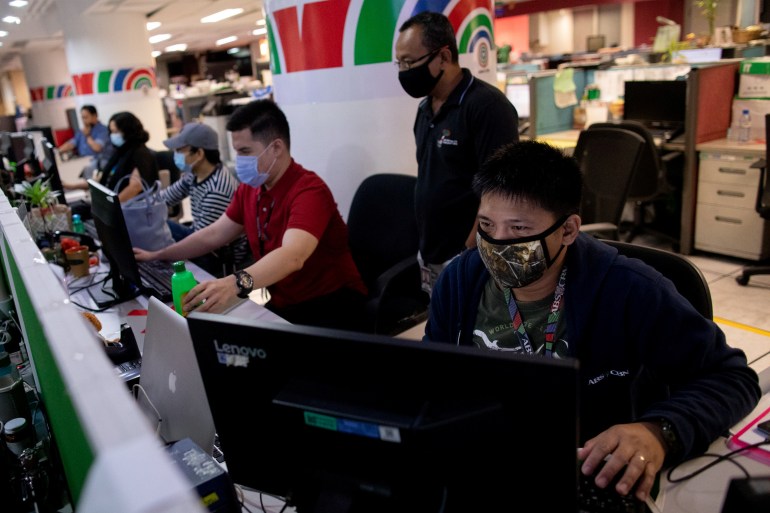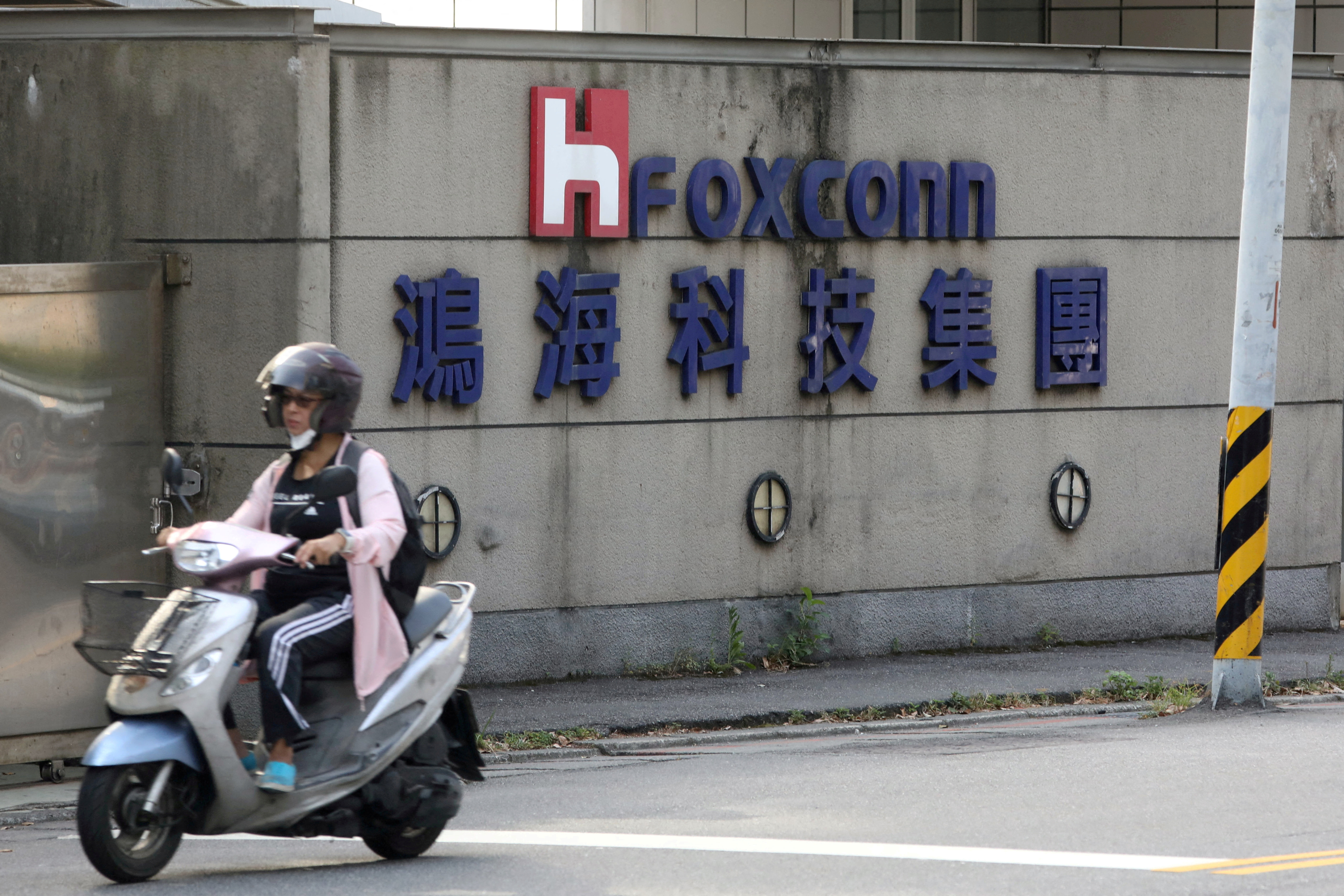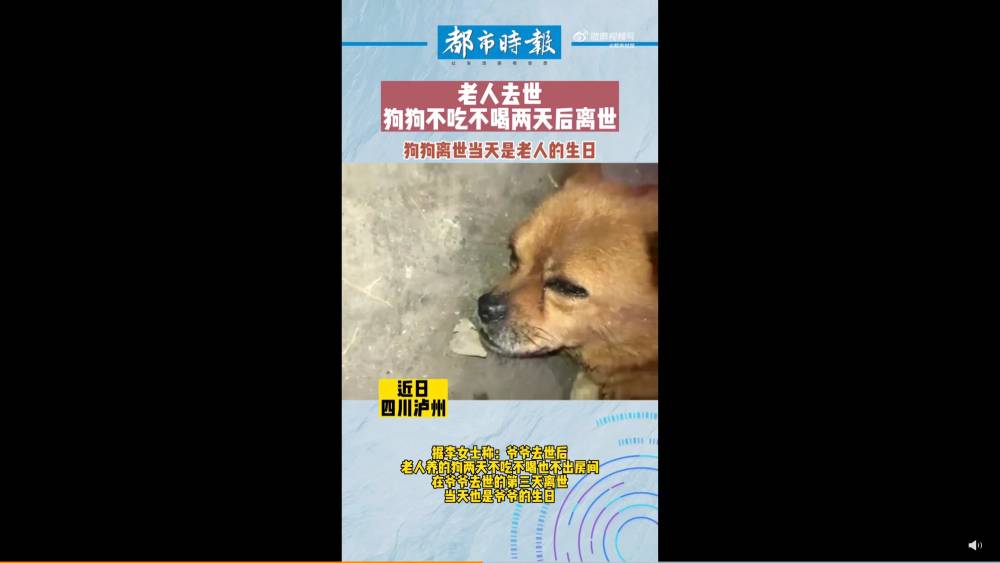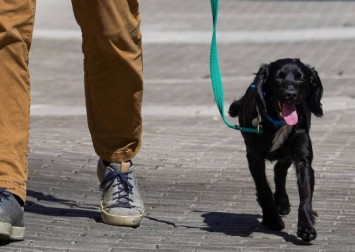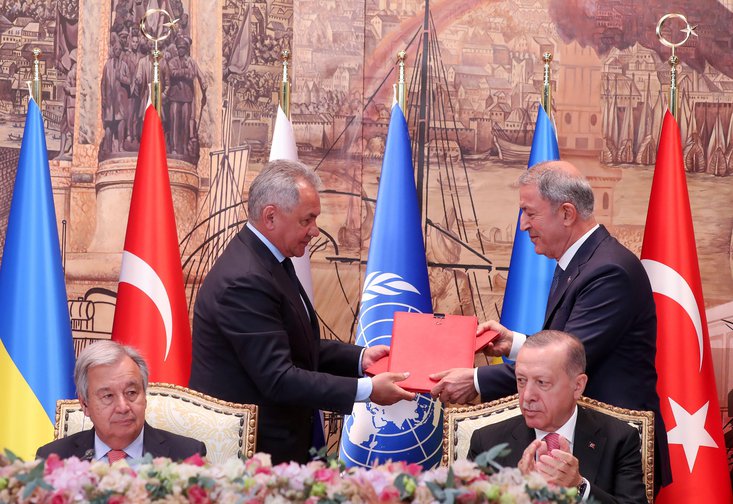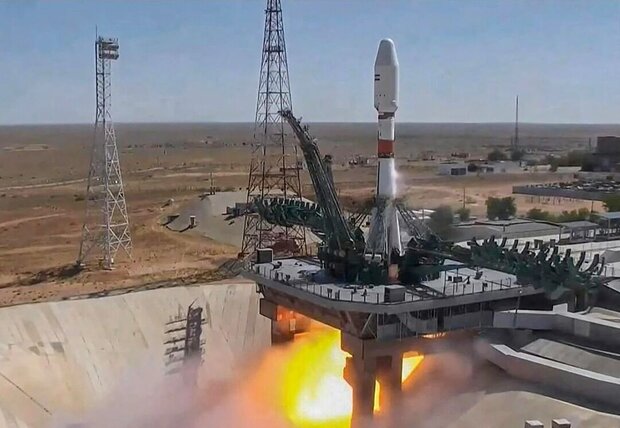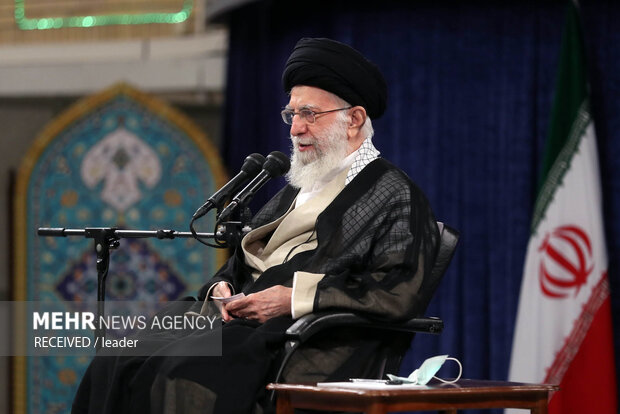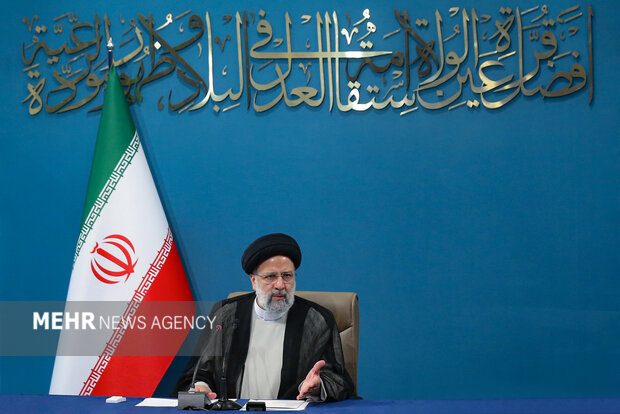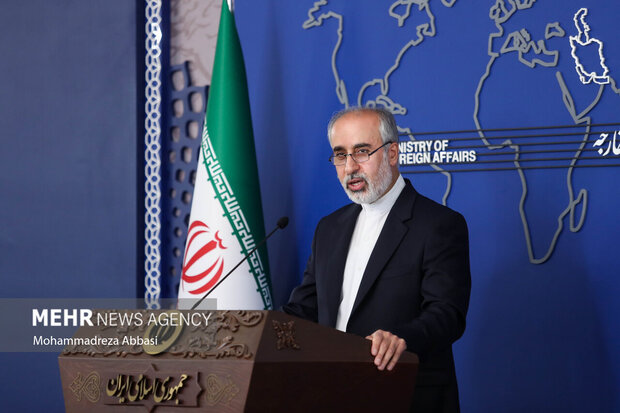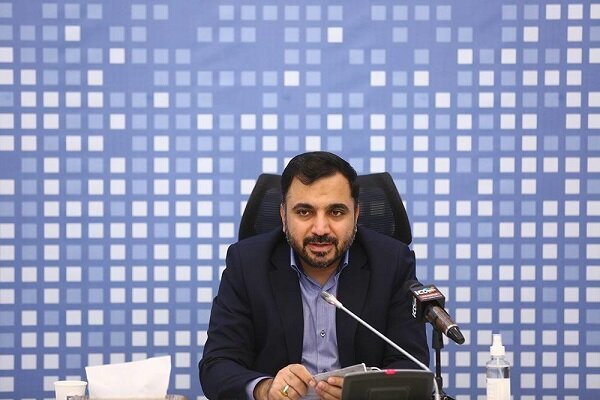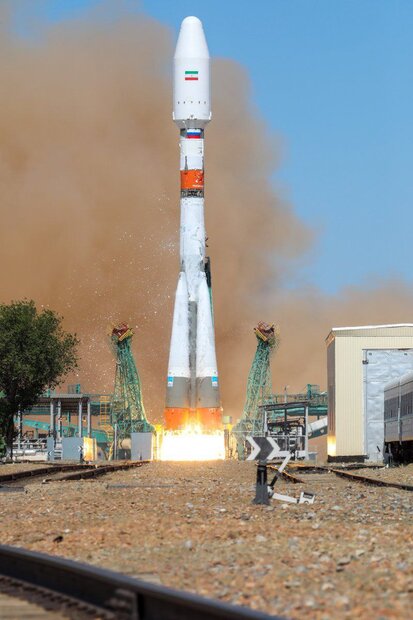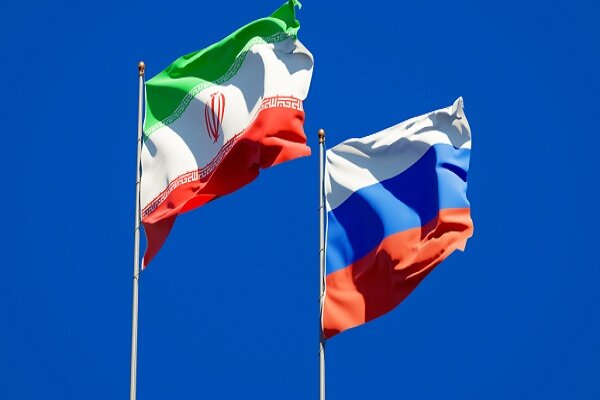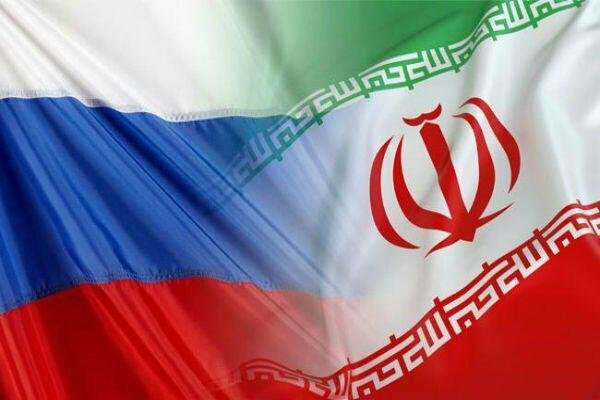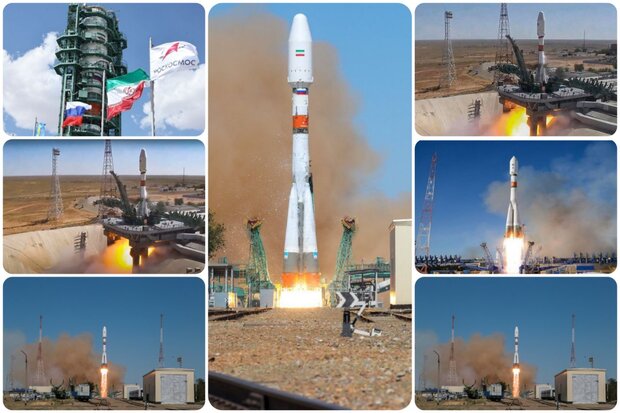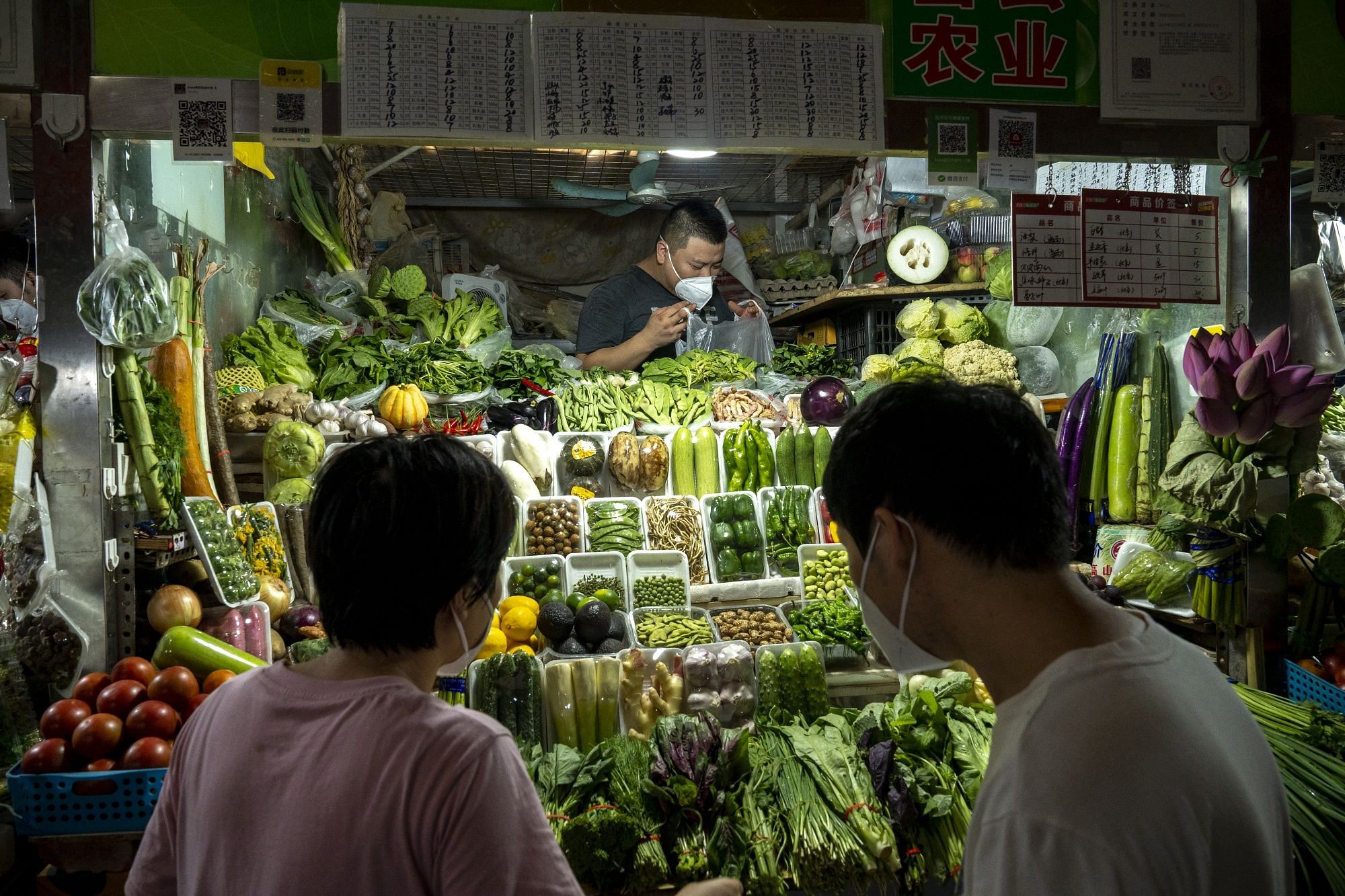Global warming spawned the age of reptiles
Harvard researchers find rapid evolution of reptiles was triggered by nearly 60 million years of global warming and climate change
Peer-Reviewed PublicationIMAGE: ARTISTIC RECONSTRUCTION OF THE REPTILE ADAPTIVE RADIATION IN A TERRESTRIAL ECOSYSTEM DURING THE WARMEST PERIOD IN EARTH'S HISTORY. IMAGE DEPICTS A MASSIVE, BIG-HEADED, CARNIVOROUS ERYTHROSUCHID (CLOSE RELATIVE TO CROCODILES AND DINOSAURS) AND A TINY GLIDING REPTILE AT ABOUT 240 MILLION YEARS AGO. THE ERYTHROSUCHID IS CHASING THE GLIDING REPTILE AND IT IS PROPELLING ITSELF USING A FOSSILIZED SKULL OF THE EXTINCT DIMETRODON (EARLY MAMMALIAN ANCESTOR) IN A HOT AND DRY RIVER VALLEY. view more
CREDIT: IMAGE CREATED BY HENRY SHARPE
Studying climate change-induced mass extinctions in the deep geological past allows researchers to explore the impact of environmental crises on organismal evolution. One principal example is the Permian-Triassic climatic crises, a series of climatic shifts driven by global warming that occurred between the Middle Permian (265 million years ago) and Middle Triassic (230 million years ago). These climatic shifts caused two of the largest mass extinctions in the history of life at the end of the Permian, the first at 261myo and the other at 252myo, the latter eliminating 86% of all animal species worldwide.
The end-Permian extinctions are important not only because of their magnitude, but also because they mark the onset of a new era in the history of the planet when reptiles became the dominant group of vertebrate animals living on land. During the Permian, vertebrate faunas on land were dominated by synapsids, the ancestors of mammals. After the Permian extinctions, in the Triassic Period (252-200 million years ago), reptiles evolved at rapid rates, creating an explosion of reptile diversity. This expansion was key to the construction of modern ecosystems and many extinct ecosystems. These rapid rates of evolution and diversification were believed by most paleontologists to be due to the extinction of competitors allowing reptiles to take over new habitats and food resources that several synapsid groups had dominated before their extinction.
However, in a new study in Sciences Advances researchers in the Department of Organismic and Evolutionary Biology and the Museum of Comparative Zoology at Harvard University and collaborators reveal the rapid evolution and radiation of reptiles began much earlier, before the end of the Permian, in connection to the steadily increasing global temperatures through a long series of climatic changes that spanned almost 60 million years in the geological record.
“We found that these periods of rapid evolution of reptiles were intimately connected to increasing temperatures. Some groups changed really fast and some less fast, but nearly all reptiles were evolving much faster than they ever had before,” said lead author postdoctoral fellow Tiago R Simões.
Previous studies on the impacts of these changes have often neglected terrestrial vertebrates due to limited data availability, focusing mostly on the response from marine animals
In this study, Simões and senior author Professor Stephanie E. Pierce (both at Harvard) worked alongside collaborators Professor Michael Caldwell (University of Alberta, Canada) and Dr. Christian Kammerer (North Carolina Museum of Natural Sciences) to examine early amniotes, which represent the forerunners of all modern mammals, reptiles, birds, and their closest extinct relatives, at the initial phase of their evolution. At this point in time the first groups of reptiles and mammal ancestors were splitting from each other and evolving along their own separate evolutionary paths.
“Reptiles represent an ideal and rare terrestrial system to study this question as they have a relatively good fossil record and survived a series of climatic crises including the ones leading up to the largest extinction in the history of complex life, the Permian-Triassic mass extinction,” said Simões.
Reptiles were relatively rare during the Permian compared to mammalian ancestors. However, things took a major shift during the Triassic when reptiles underwent a massive explosion in the number of species and morphological variety. This lead to the appearance of most of the major living groups of reptiles (crocodiles, lizards, turtles) and several groups that are now entirely extinct.
The researchers created a dataset based on extensive first-hand data collection of more than 1,000 fossil specimens from 125 species of reptiles, synapsids, and their closest relatives during approximately 140 million years before and after the Permian-Triassic extinction. They then analyzed the data to detect when these species first originated and how fast they were evolving using state-of-the-art analytical techniques such as Bayesian evolutionary analysis, which is also used to understand the evolution of viruses such as SARS-COVID 19. The researchers then combined the new dataset with global temperature data spanning several million years in the geological record to provide a broad overview of the animals’ major adaptive response towards climatic shifts.
“Our results reveal that periods of fast climatic shifts and global warming are associated with exceptionally high rates of anatomical change in most groups of reptiles as they adapted to new environmental conditions,” said Pierce, “and this process started long before the Permian-Triassic extinction, since at least 270 million years ago, indicating that the diversification of reptile body plans was not triggered by the P-T extinction event as previously thought, but in fact started tens of million years before that.”
“One reptile lineage, the lepidosaurs, which gave rise to the first lizards and tuataras, veered in the opposite direction of most reptile groups and underwent a phase of very slow rates of change to their overall anatomy,” said Simões, “essentially, their body plans were constrained by natural selection, instead of going rogue and radically changing like most other reptiles at the time.” The researchers suggest this is due to pre-adaptations on their body size to better cope with high temperatures.
“The physiology of organisms is really dependent on their body size,” said Simões, “small-bodied reptiles can better exchange heat with their surrounding environment. The first lizards and tuataras were much smaller than other groups of reptiles, not that different from their modern relatives, and so they were better adapted to cope with drastic temperature changes. The much larger ancestors of crocodiles, turtles, and dinosaurs could not lose heat as easily and had to quickly change their bodies in order to adapt to the new environmental conditions.”
Simões, Pierce, and collaborators also mapped out how body size changed across geographical regions during this timeframe. They revealed that climatic pressures on body size were so high there was a maximum body size for reptiles to survive in tropical regions during the lethally hot periods of this time.
“Large-sized reptiles basically took two routes to deal with these climate shifts,” said Pierce, “they either migrated closer to temperate regions or invaded the aquatic world where they didn’t need to worry about overheating because water can absorb heat and maintain its temperature much better than air.”
“This strong association between rising temperatures in the geological past and a biological response by dramatically different groups of reptiles suggests climate change was a key factor in explaining the origin and the explosion of new reptile body plans during the latest Permian and Triassic,” said Simões.
Evolutionary response from reptiles to global warming and fast climatic changes. Rates of evolution (adaptive anatomical changes) in reptiles start increasing early in the Permian (at about 294 million years ago), which also marks the onset of the longest period of successive fast climatic shifts in the geological record. From 261 until 235 million years ago, increased global warming from massive volcanic eruption contributed to further climate change and led to the hottest period in Earth’s history. This resulted in two mass extinctions and the demise of reptile competitors on land (mammalian ancestors). The most intensive period of global warming coincided with the fastest rates of evolution in reptiles, marking the diversification of reptile body plans and the origin of modern reptile groups
CREDIT
Figure by Tiago Simões
The researchers would like to thank the Museum of Comparative Zoology (MCZ), Harvard University, vertebrate paleontology staff and the curators across 50+ natural history collections worldwide for their help with specimen access. Funding was provided by: Alexander Agassiz Postdoctoral Fellowship, MCZ; National Sciences and Engineering Research Council of Canada (NSERC) postdoctoral fellowship; Grant KA 4133/1-1 from the Deutsche Forschungsgemeinschaft; NSERC Discovery Grant #23458 and NSERC Accelerator Grant; Faculty of Science, Chairs Research Allowance, University of Alberta; Lemann Brazil Research Fund; Funds made available through Harvard University.
####
JOURNAL
Science Advances
ARTICLE TITLE
Successive climate crises in the deep past drove the early evolution and radiation of reptiles
ARTICLE PUBLICATION DATE
19-Aug-2022
60 million years of climate change drove the evolution and diversity of reptiles
Peer-Reviewed PublicationJust over 250 million years ago during the end of the Permian period and start of the Triassic, reptiles had one heck of a coming out party.
Their rates of evolution and diversity started exploding, leading to a dizzying variety of abilities, body plans, and traits, and helping to firmly establish both their extinct lineages and those that still exist today as one of the most successful and diverse animal groups the world has ever seen. For the longest time, this flourish was explained by their competition being wiped out by two of the biggest mass extinction events (around 261 and 252 million years ago) in the history of the planet.
A new Harvard-led study has rewritten that explanation by reconstructing how the bodies of ancient reptiles changed and by comparing it against millions of years of climate change.
Harvard paleontologist Stephanie Pierce’s lab shows that the morphological evolution and diversification seen in early reptiles not only started years before these mass extinction events but instead were directly driven by what caused them in the first place — rising global temperatures due to climate change.
“We are suggesting that we have two major factors at play — not just this open ecological opportunity that has always been thought by several scientists — but also something that nobody had previously come up with, which is that climate change actually directly triggered the adaptive response of reptiles to help build this vast array of new body plans and the explosion of groups that we see in the Triassic,” said Tiago R. Simões, a postdoctoral fellow in the Pierce lab and lead author on the study.
“Basically, [rising global temperatures] triggered all these different morphological experiments — some that worked quite well and survived for millions of years up to this day, and some others that basically vanished a few million years later,” Simões added.
In the paper, which published Friday in Science Advances, the researchers lay out the vast anatomical changes that took place in many reptile groups, including the forerunners of crocodiles and dinosaurs, in direct response to major climate shifts concentrated between 260 to 230 million years ago.
The study provides a close look at how a large group of organisms evolve because of climate change, which is especially pertinent today as temperatures continually rise. In fact, the rate of carbon dioxide released into the atmosphere today is about nine times what they were during the timeframe that culminated in the biggest climate change-driven mass extinction of all time 252 million years ago: the Permian-Triassic mass extinction.
“Major shifts in global temperature can have dramatic and varying impacts on biodiversity,” said Stephanie E. Pierce, Thomas D. Cabot Associate Professor of Organismic and Evolutionary Biology and curator of vertebrate paleontology in the Museum of Comparative Zoology. “Here we show that rising temperatures during the Permian-Triassic led to the extinction of many animals, including many of the ancestors of mammals, but also sparked the explosive evolution of others, especially the reptiles that went on to dominate the Triassic period.”
The study involved close to eight years of data collection and took a heavy dose of camerawork, CT scanning, and loads of passport stamps as Simões traveled to more than 20 countries and more than 50 different museums to take scans and snapshots of more than 1,000 reptilian fossils.
With all the information, the researchers created an expansive dataset that was analyzed with state-of-the-art statistical methods to produce a diagram called an evolutionary time tree. Time trees reveal how early reptiles were related to each other, when their lineages first originated, and how fast they were evolving. They then combined it with global temperature data from millions of years ago.
Diversification of reptile body plans started about 30 million years before the Permian-Triassic extinction, making it clear these changes weren’t triggered by the event as previously thought. The extinction events did help put them in gear though.
The dataset also showed that rises in global temperatures, which started at about 270 million years ago and lasted until at least 240 million years ago, were followed by rapid body changes in most reptile lineages. For instance, some of the larger cold-blooded animals evolved to become smaller so they could cool down easier; others evolved to life in water for that same effect. The latter group included some of the most bizarre forms of reptiles that would go on to become extinct such as a giant, long-necked marine reptile once thought to be the Loch Ness monster, a tiny chameleon-like creature with a bird-like skull and beak, and a gliding reptile resembling a gecko with wings. It also includes the ancestors of reptiles that still exist today like turtles and crocodiles.
Smaller reptiles, which gave rise to the first lizards and tuataras, went on a different path than their larger reptile brethren. Their evolutionary rates slowed down and stabilized in response to the rising temperatures. The researchers believe it was because the small-bodied reptiles were already better adapted to the rising heat since they can more easily release heat from their bodies compared to larger reptiles when temperatures got hot very quickly all-around Earth.
The researchers say they are planning to expand on this work investigating the impact of environmental catastrophes on evolution of organisms with abundant modern diversity, such as the major groups of lizards and snakes.
JOURNAL
Science Advances
METHOD OF RESEARCH
Computational simulation/modeling
SUBJECT OF RESEARCH
Animals
ARTICLE TITLE
Successive climate crises in the deep past drove the early evolution and radiation of reptiles
ARTICLE PUBLICATION DATE
19-Aug-2022
